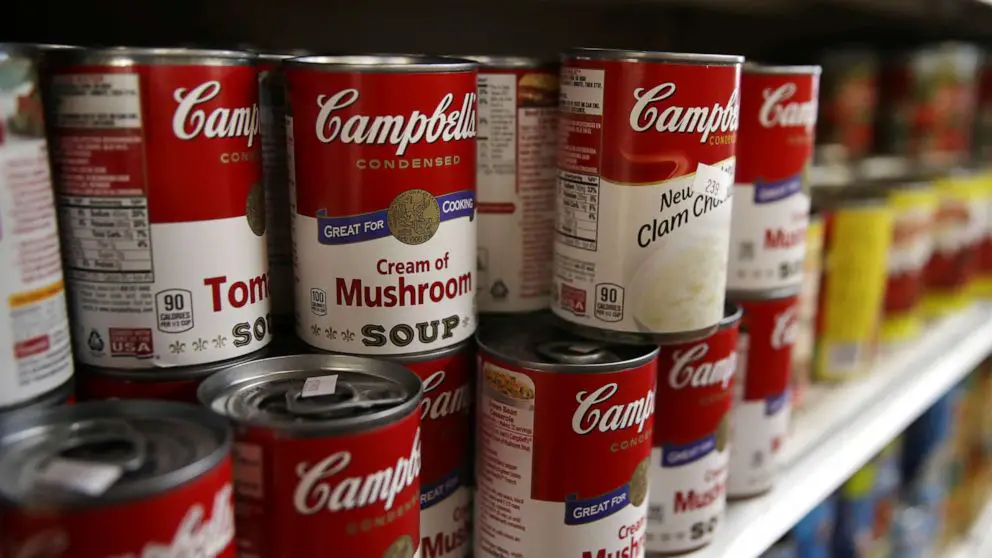For nearly two centuries, Campbell’s Soup has been a beloved staple in American kitchens. However, the iconic brand is now fighting to survive as it faces significant financial and cultural challenges. Campbell’s Soup faces closure, and the root of the problem lies in changing consumer habits, growing debt, and internal corporate struggles.
Shifting Consumer Preferences and Financial Struggles
In recent years, consumers have shifted toward healthier, natural, and unprocessed foods, abandoning Campbell’s traditional processed offerings. Additionally, the growing demand for transparency in food labeling and the rising popularity of plant-based diets have further impacted the company’s sales. To respond, the company broadened its portfolio through acquisitions. Although this approach aimed to capture new markets and address evolving consumer tastes, it burdened Campbell’s with a staggering $9 billion in debt. This debt significantly strained the company’s financial health, limiting innovation and future opportunities.

Internal Conflict and Power Struggles
Adding to the turmoil, Campbell’s is embroiled in a battle for control. The Dorrance family, which owns 40% of the company’s shares, is at odds with Daniel Loeb of Third Point, an investor who holds roughly 7% of the stock. Loeb has called for drastic changes, including rebranding Campbell’s iconic red-and-white cans, which he believes are outdated. These demands have sparked legal battles over alleged mismanagement, further destabilizing the company.
Potential Changes on the Horizon
In a recent move, Campbell’s agreed to appoint two directors proposed by Third Point, signaling that changes may be on the way. While it’s unclear if these efforts will stabilize the company, the fact remains that Campbell’s Soup faces closure. As the brand works to stay relevant in a competitive market, its future hangs in the balance.
